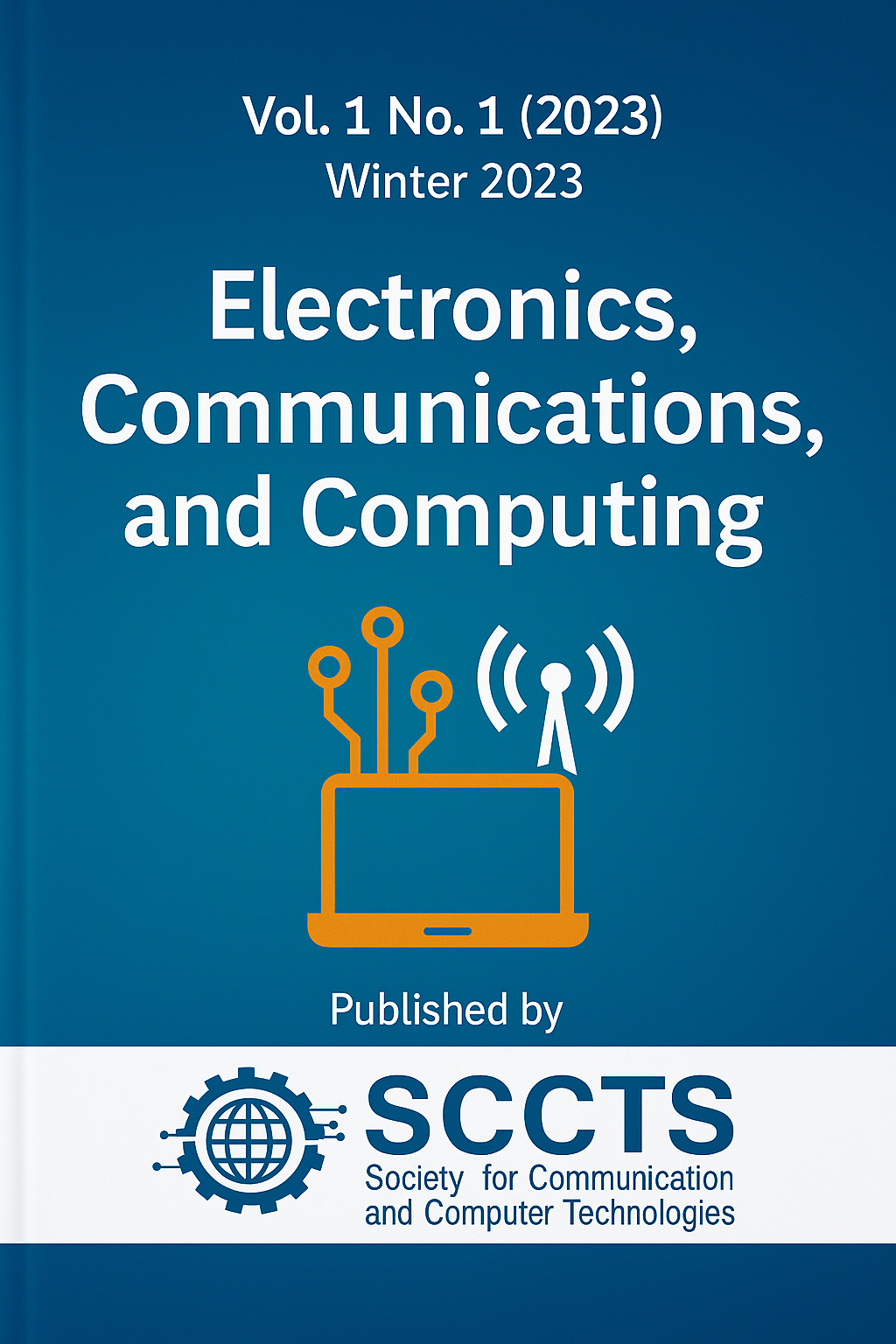AI-Driven Cybersecurity Framework for Next-Gen Computing Applications and Critical Infrastructure
Keywords:
AI-Driven Cybersecurity, Next-Gen Computing, Critical Infrastructure Protection, Deep Learning, Reinforcement Learning, Federated Learning, SCADA Security, Intrusion Detection Systems, Edge Computing Security, Intelligent Threat Response.Abstract
The explosion of the next-generation computing paradigms harnesses versatility, including edge computing, quantum-driven architecture, federated learning systems, and intelligent cyber-physical infrastructure, which has given rise to a new paradigm of performance and scalability, as well as revealed data-driven organizations to a multidimensional risk of more and more advanced threats to cyber-related security. The classical rule-based and signature-based security schemes are no longer adequate to protect such heterogeneous environments, particularly against such possible zero-day attacks, malware produced by artificial intelligence, and multi-vector cracking aimed at vital services like energy distribution networks, medicine services, and driverless transportation. In that regard, the current paper proposes a detailed AI-based cybersecurity framework comprising the deep learning and reinforcement learning approaches, as well as the use of graph-based work on performing proactive, smart, and adaptive threat protection. The presented architecture is a multi-layer detection and response engine with a hybrid CNN-LSTM architecture that is used to recognize temporal-spatial patterns, a federated learning approach to share models privately, and an agent relying on Deep Deterministic Policy Gradient (DDPG) to carry out mitigation in real-time. Moreover, there is threat intelligence engine that is fuelled with natural language processing to increase detection by relating alerts to the context of threat feeds such as MITRE ATT&CK, CVE databases. In an effort to validate the framework, large-scale simulations were done on real datasets like CIC-IDS2018 and synthetic SCADA logs which simulated critical infrastructure settings. The results show that there is a great enhancement in the accuracy of detection (96.1), and responsiveness (latency is reduced to 5.1ms), which is much more compared to the traditional systems of intrusion detection. Moreover, false-positive rates were kept at low levels and adversarial perturbations were resistant, which further confirms the reasonableness of use in mission-critical, latency-sensitive settings. The research study does not only highlight the potential of AI to transform the space of cybersecurity but also preconditionalizes the vision of secure, scaleable and intelligent defense architecture that can be applied very specifically to the new world of next-generation computing and protection of critical infrastructure.



